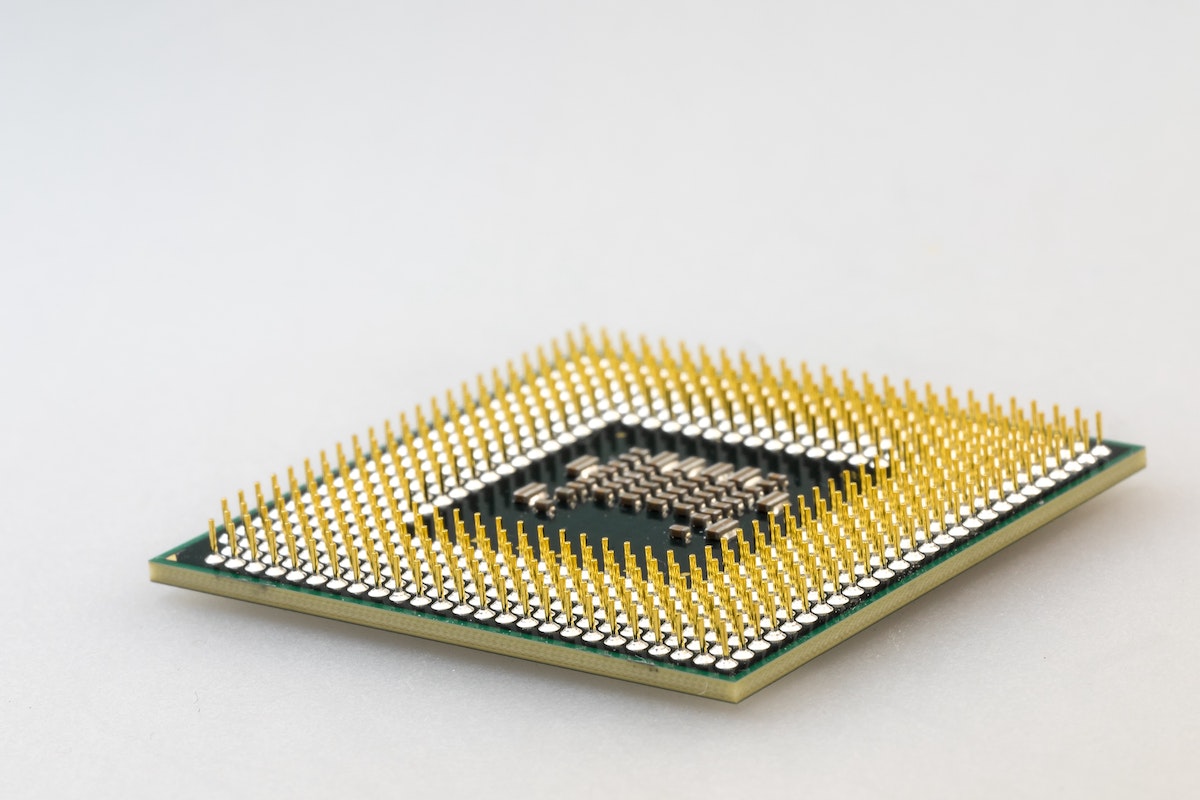Apple’s new and yet unreleased M3 chip is the talk of the IT world. Known Apple leakers and top analysts have suggested two potential gadgets with an 8-core and 10-core CPU that will run on M3. The M3 line-up is expected to have a Mac Mini, MacBook Air, MacBook Pro, and an iMac, along with a couple of unexpected devices that no one knows much about.
Apple’s M3 will be the third-generation chip for Apple Silicon processors, following the M2 debut earlier this year. The M2 uses second-generation 5nm architecture and offers an 18% upgrade in performance over the first-generation M1. However, it packs less of a punch than last year’s M1 Max and M1 Pro, both of which powered MacBook Pro laptops.
Let’s take a closer look at Apple’s attempts to outperform Intel with the upcoming M3 processor.

Apple vs. Intel – A Quick Overview
Apple used to use Intel chips to power their laptops until 2020 when they announced the Apple M1 chip. This was the culmination of an increasingly bitter feud between Apple and Intel, where Tim Cook attributed declining MacBook sales to Intel’s chip shortage. The 14-year relationship ended with both tech giants as rivals, hurrying to outpace one another with speed, energy, and performance.
The ARM-based silicon M1 processor had actually been in the works for years, being tested out in iPhones, iPads, and the Apple Watch. The M1 chip had an SoC architecture that appeared to outperform even the most efficient consumer chips in the market. It also seemed like it could outpace an Intel chip at the beginning.
Intel went on the offensive, releasing flashy benchmarks that showed Intel chips outperforming Apple’s M1 and urging consumers to buy or switch to PCs. However, raw tests done on the M1 vs Intel chips revealed that the former performed much better and improved with time as developers released more ARM-specific software. Intel fought these claims, but their numbers were run in-house whereas independent testers proved that Apple’s silicon processors had already changed the game.
What Do We Know About the M3 Chip?
News about Apple M3’s chip broke in June this year when Mark Gurman published an article in Bloomberg about upcoming products. He hinted at a new machine, possibly a 12-inch MacBook which will use the M3.
However, since Apple has just released the new line-up that uses M2, there isn’t a lot of detailed information available about the upcoming processor. There are a ton of rumors though. It’s likely that the M3 chip is being made by the Taiwan Semiconductor Manufacturing Company (TSMC) with new technology and a smaller design. TSMC has perfected a 3 nanometer (3nm) chip design and is calling it N3. This is even tinier when compared to Apple’s previous 5nm processors. A smaller size will offer a boost in both performance and efficiency. TSMC has reported that it will start manufacturing 3nm chipsets later this year.

How Will M3 Perform Against Previous Chips?
According to TSMC, the new N3 technology will give 15% better performance in terms of speed and performance while offering a 30% reduction in power used when compared to the 5nm size. Apple is known for prioritizing efficiency and usability above all else, so this comes as little surprise.
Apple is planning on releasing 3 chips in the M3 line-up, i.e., codenamed Ibiza, Lobos, and Palma, and are reported to be a giant step-up from Intel’s current and future processors. The chips will have 4 dies (silicon blocks with integrated circuits) and will be able to support up to 40 compute cores. Compare this to the M1 and M2, which support 8 and 10-core CPUs, we are looking at a massive upgrade from just last year in numbers alone.
Analysts have taken a crack at deciphering the codenames that Apple has assigned. Ibiza is said to be the basic level chip that will power a MacBook Air. The other four-die versions, Lobos and Palma, will be counterparts to the super powerful M1 Pro and M1 Max chips.
How Will Apple Use the M3 Chipset?
This is where analysts have had to do some significant guesswork because Apple has been known to change its codenames around at the last minute. However, experts have looked at Apple’s trends and believe they know how the M3 chipset will be utilized next year.
This is the pattern: the M1 chip debuted in the 2020 MacBook Pro, MacBook Air, and Mini. Following this, the M1 Max and M1 Pro chips came out in the 2021 14-inch and 16-inch MacBook Pros. The Mac Studio that launched earlier this year comes with the M1 Max or M1 Ultra chip.
Moving on to July, Apple released the M2 chip in a new 13-inch MacBook Pro and MacBook Air. Analysts believe there will be new 14-inch and 16-inch MacBook Pros equipped with M2 Pro and M2 Max chips next year, with the M2 Max expected to host a 12-core CPU, 64GB memory, and 38-core GPU.
According to these trends, the M3 will debut in entry-level MacBooks, i.e., MacBook Pro and MacBook Air in around two years. Later on, M3 Pro and M3 Max chips will launch with new, higher-end MacBooks. There will also be M3 iMacs, of course, as Mark Gurman has revealed. Apple is already testing an iMac powered by M3 but there is no launch date in sight yet.
Wrapping Up – Exciting Times for Performance
Apple is continuously innovating and there are a lot of potential products to watch out for. The company is apparently gearing up to launch its first AR/VR headset powered by M2 soon, with rumors about AR glasses on the way in a few years. Even rumors about next year’s Apple Watch are exciting, with the new Watch being said to get an all-new processor.
The M3 is making news everywhere, but analysts don’t expect to see it debut at least until 2023 according to leaks.